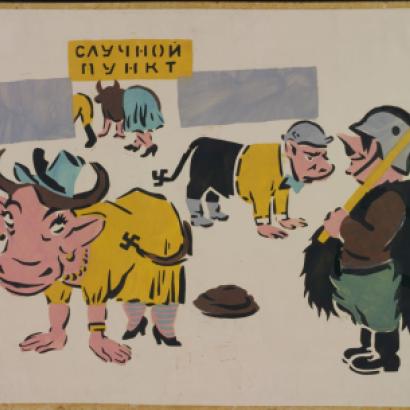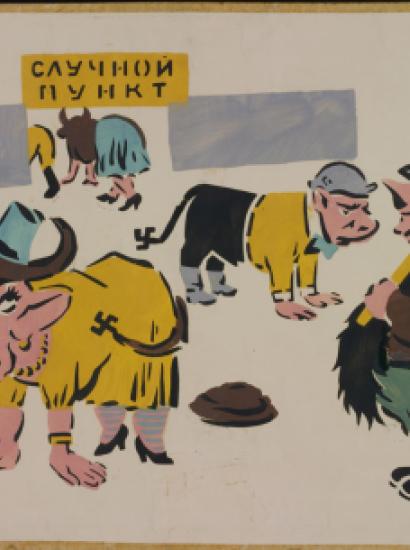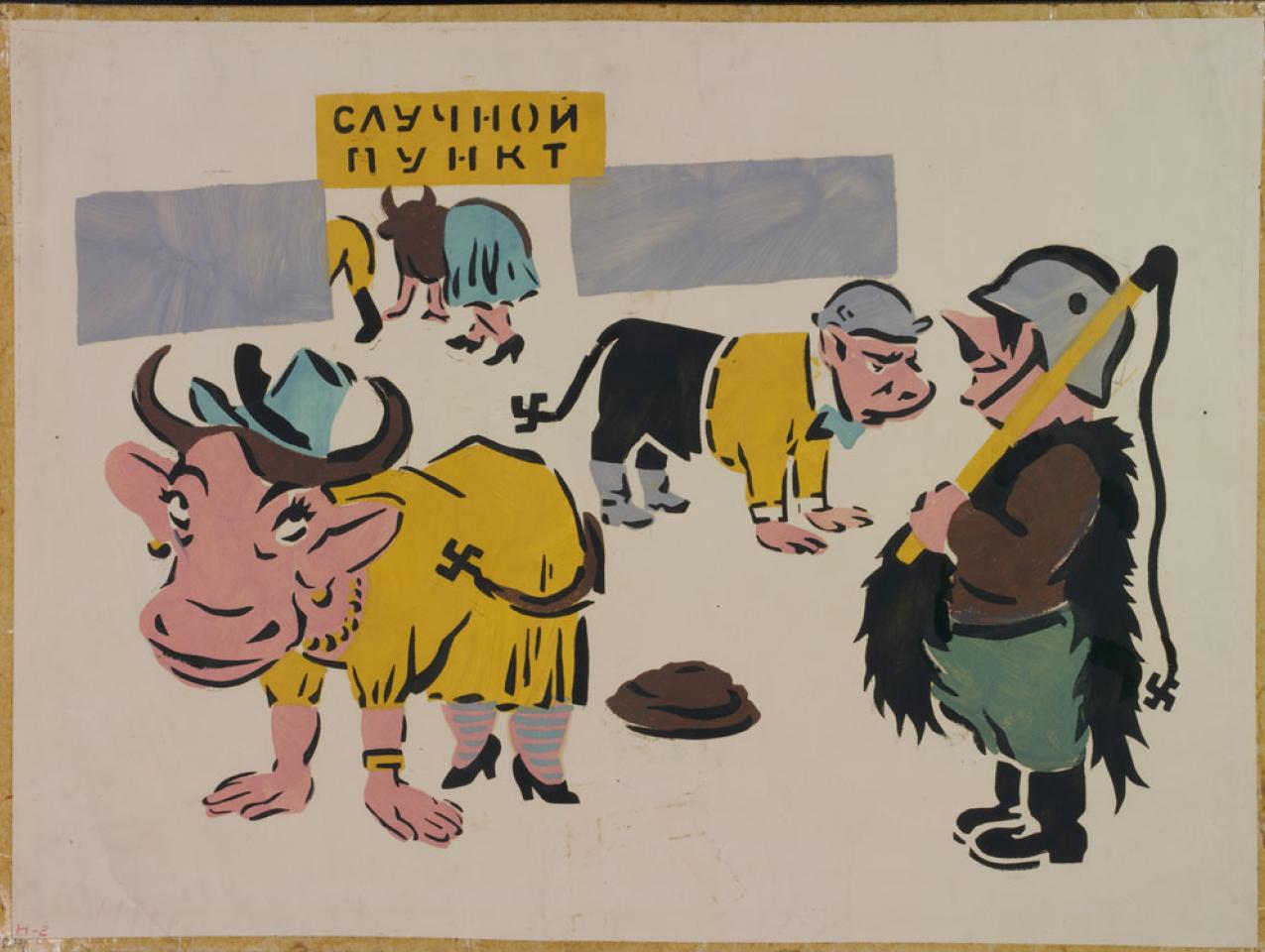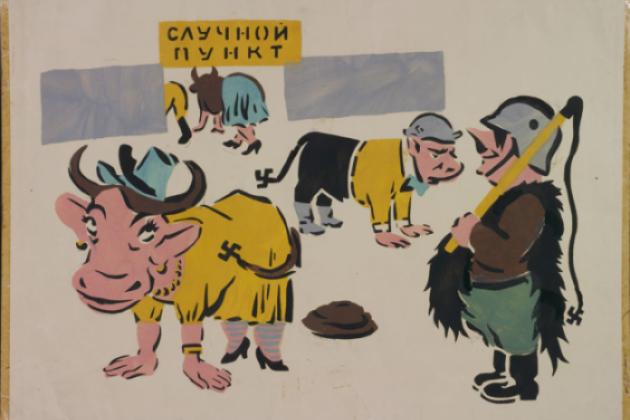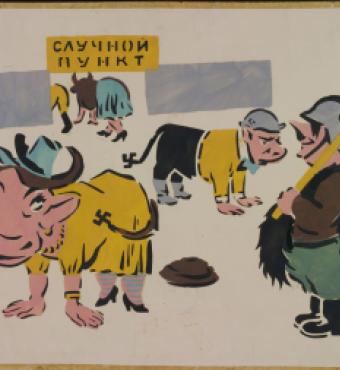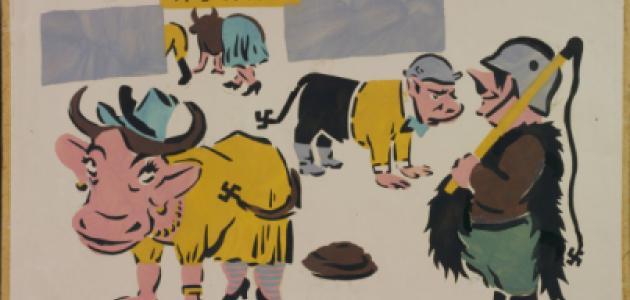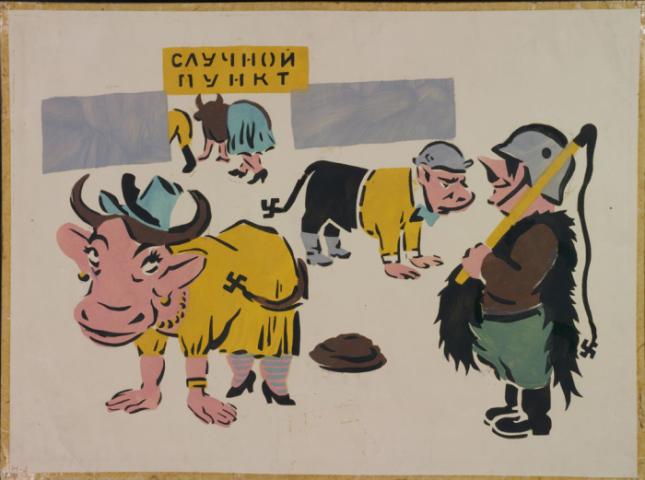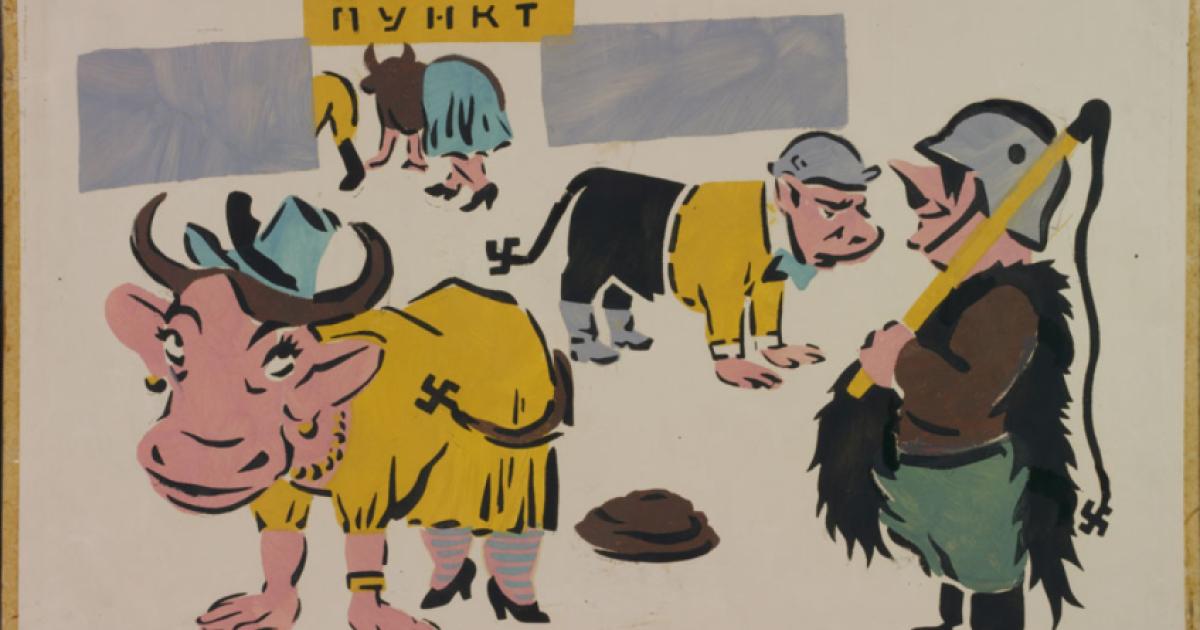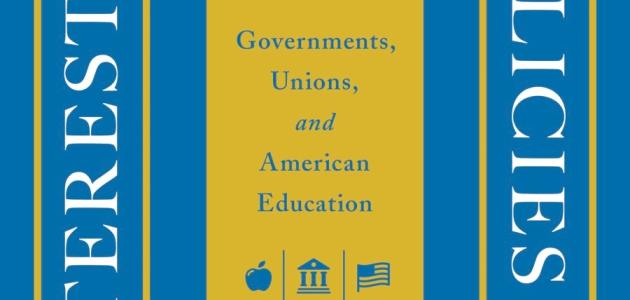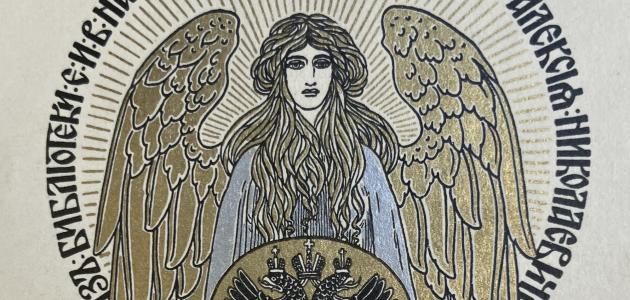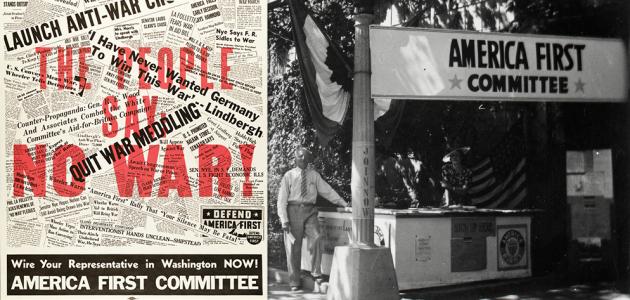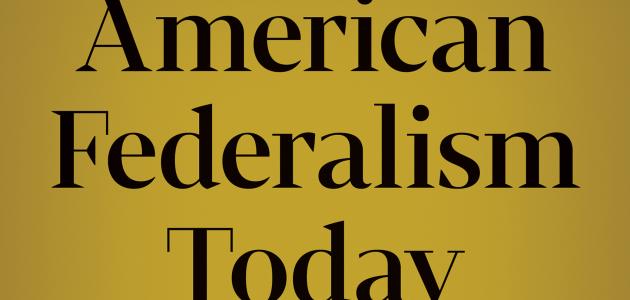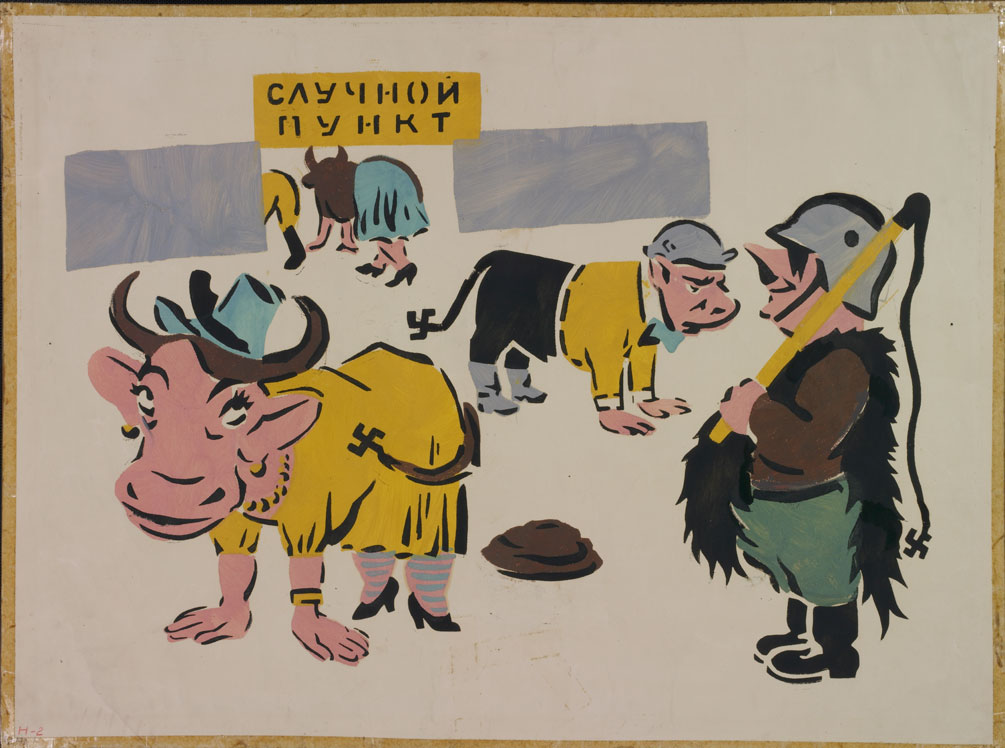
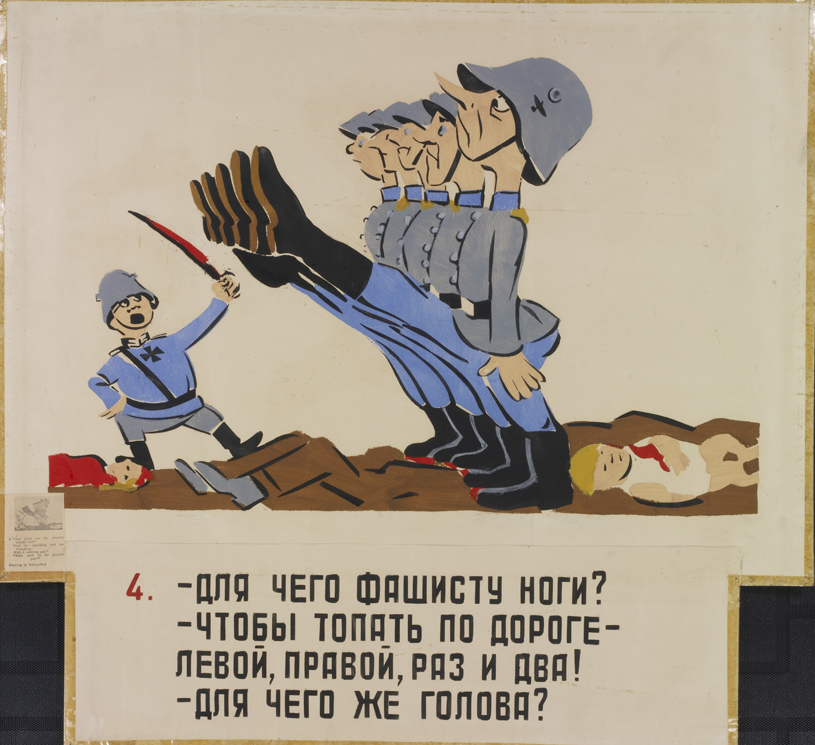
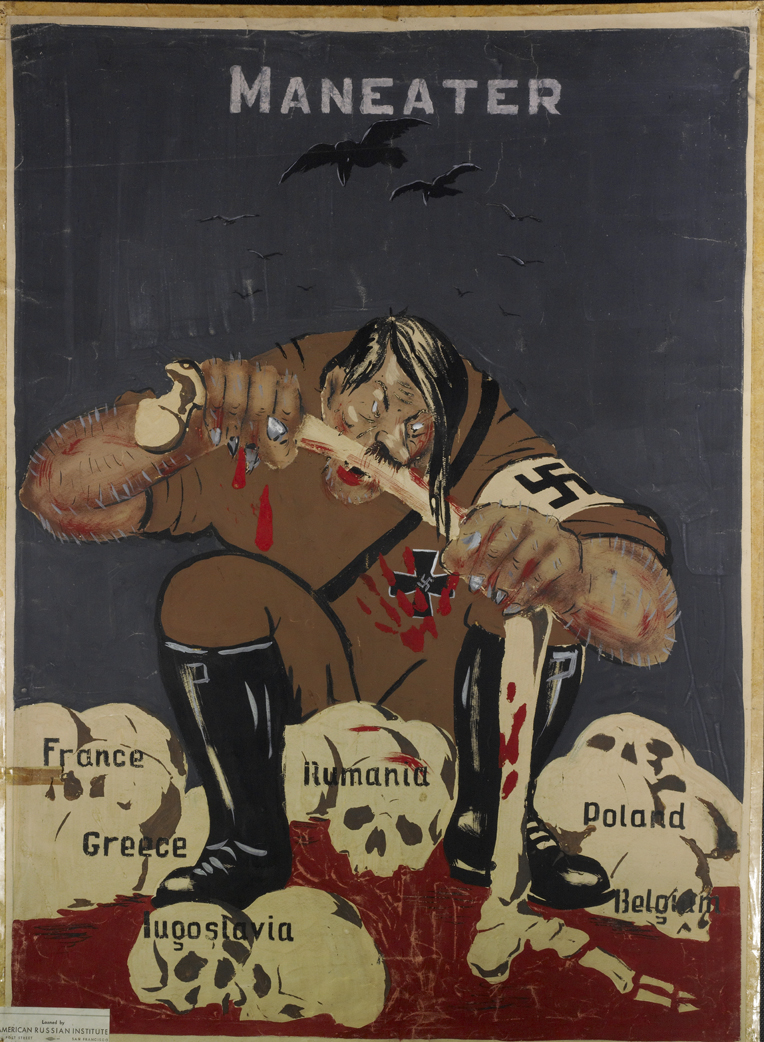
Among the many treasures in the Hoover Institution Archives is its collection of 120,000 political posters from all over the world. In a unique cooperative agreement with the Art Institute of Chicago, Hoover loaned the Art Institute twenty-six original, hand-painted Soviet posters for inclusion in the Art Institute's current featured exhibit Windows in the War: Soviet TASS Posters at Home and Abroad, 1941-1945.
“In Windows on the War, the posters will be presented both as unique historical objects and as works of art that demonstrate how the preeminent artists of the day used unconventional technical and aesthetic means to contribute to the fight against the Nazis, marking a major chapter in the history of design and propaganda,” noted Andrew Stern in his review Chicago Museum’s Unearthed Soviet Posters: A Diary of War of the exhibit. The exhibit features about 260 works total, including 150 TASS posters.
Hoover Institution Library and Archives director Richard Sousa said, “It is very unusual for Hoover to send one-of-a kind items off campus. But we felt the opportunity to partner with such a prestigious institution and to offer so many people the chance to see artistic history, firsthand, just made sense. It’s great exposure for one of our most important collections.”
One of the featured Hoover works is titled Maneater by Soviet political cartoonist Boris Efimovich Efimov. The hand-painted poster depicts Hitler as a cannibal gnawing on human bones labeled “France,” “Greece,” “Yugoslavia,” “Romania,” “Poland,” and “Belgium.” Hitler is the focus of many of the Soviet propaganda posters.
Another Hoover poster, titled Superbeastiality, depicts several humans dressed in cow costumes crawling while the guard stands by with a whip bearing a Nazi swastika at the tip. “Inspired by the prewar mocking of ‘degenerate art’ by the Nazis, who also put on an anti-Bolshevik art exhibition, the Soviet artists took liberties with Communist ‘social realism’ to create shocking, sometimes humorous, images,” stated Stern in his review of the exhibit.
A noteworthy poster by an unknown artist shows a female figure (symbolizing the United States) distributing food to starving Russian children. This ARA (American Relief Administration) poster illustrates the immense efforts of the former president Herbert Hoover along with the United States government to provide food and aid to the Russians.
“They [the posters] were intended to ‘create a mood of urgency while visually aggrandizing the Soviet soldier, defining the Nazi enemy as vile and subhuman, and emphasizing the woeful suffering of the Soviet people,’ museum exhibitors said,” Stern explains.
The exhibit includes TASS posters that were discovered rolled up in a closet at the Art Institute in 1997. In addition to the Hoover Institution, the Art Institute show includes the Ne boltai! Collection, based in Prague. Click the following links to read the New York Times review, the Chicago Sun Times review, and the Stanford Report about the exhibit.
The exhibit runs from July 31 to October 23, 2011.
For more information on the Hoover Institution, visit Hoover.org or find us on Facebook, Twitter, or Scribd (keyword: Hoover Institution).




